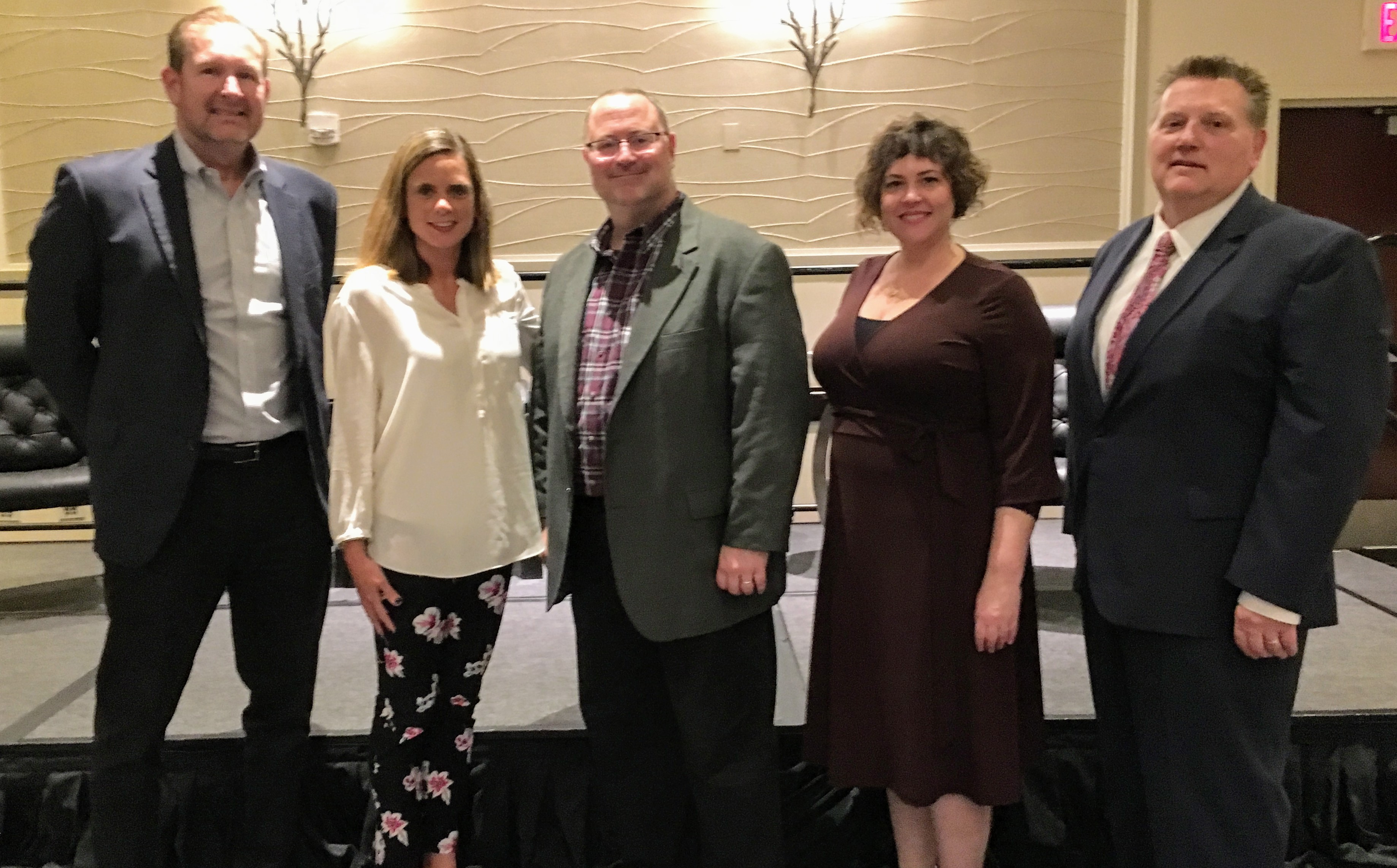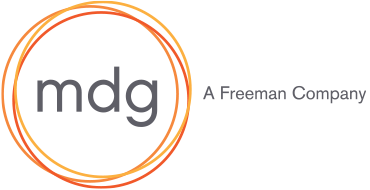
Real-time data analysis has become the driving force in digital event marketing, making it more important than ever to remain “agile” in your approach. On the eve of the annual Exhibition and Convention Executives Forum, mdg assembled a panel of experts and industry leaders to discuss real-world examples of how agility breeds success in the digital world. Marc Blumer, customer journey architect, mdg; Kristen Ferrer, director of digital, mdg; Bob McLean, executive vice president, PPAI; and Chris Strong, senior vice president of conventions and membership, NBAA, convened to share fundamental insights about how agile marketing is changing the trade show game—and how leadership can use it to stay ahead.
What does it mean to be “agile”?
Agile marketing is more than a methodology; it is an entirely new way of thinking about your organization, especially as it pertains to marketing. Since the turn of the century and as the digital age gained traction, the process to create products was made up of teams working in silos. Copywriters, web developers, UX directors and marketers would create their piece of the product to bring to the table, and unsurprisingly it would be misaligned. Instead, agile marketing encompasses a collaborative team who works together in a “scrum” to plan the steps within a campaign in one- to two-week sprints. The team is then able to launch subsequent iterations of the campaign using data analytics from each previous iteration, allowing them to pivot their marketing plan in real time and achieve better results sooner.
This different way of thinking, however, means welcoming the unknown. Each ad is not locked in, each email design is not finite—you are going to start, and then you are going to learn. “It’s all based on performance, and it’s a continually iterative process,” said Blumer. “You have to be comfortable with discomfort.”
The role of leadership
The best way for both agile marketing and digital strategy to be effective in your business is by embracing it from the top down and by putting your processes under the microscope. Look at your current road map to find out what is working well and what isn’t. “There’s a tendency to never sunset anything,” said Ferrer, who spoke about her experience assessing event organizers. “It’s about having those hard conversations … helping them let go and make room for the new things.”
This top-down approach might include learning new tools and promoting digital learning among your team by encouraging them to take advantage of available training. For instance, Google Digital Garage offers approximately 40 hours of free, self-paced instruction to build a shared understanding of the digital marketing landscape and provide context for the overarching strategy of digital tools. Staying open to learning opportunities outside the office is also key for leaders, according to Strong: “There are so many outside opportunities, and we can’t take advantage of them all,” he said. “But I want to find one or two so we can take one call a month and get [our] folks out the door.”
But perhaps the most important way for leadership to foster growth—and get to the heart of agile marketing—is to cultivate a culture of curiosity. By calling on your staff to seek new skills, gather innovative ideas and ask stimulating questions of both their colleagues and leadership, you allow your business to stay at the forefront of positive change.
Putting it into practice
In order to properly implement the agile methodology, it’s critical to have someone on your team with a background in B2B performance marketing. Whether you hire from within or work with external marketing agencies, you need someone who can do the modeling required in your campaign: They should be able to look at your desired registration numbers and create a backwards model of the web traffic, click-through rates and touches you need to get there. Without these numbers, you cannot make informed pivoting decisions, and agile marketing falls flat.
Additionally, your team should include someone who is excellent at digital project management. For example, it’s easy to suggest changing a call-to-action in an email, but how will that affect your event landing page, your paid ads or your overall messaging? Having a “scrum master” who is able to bring together a cross-functional team and prioritize the next steps will not only keep you focused on your North Star, it will also ultimately yield a higher return.
Data makes the difference
As communication evolves, so does the global expectation of customized content. Both consciously and unconsciously, users have been increasingly spoiled by companies like Amazon, and generic content is no longer a good experience. By applying agile methodology and nimbleness to your digital marketing strategy, you can capitalize on this behavior to direct the right communication to the right audience not just once but over the course of an event’s lifecycle. “For a lot of us, we have one event a year and don’t get the opportunity to pivot that much,” said McLean. “It’s exciting to be able to measure and pivot throughout the year.”
While agile marketing may not be the silver bullet, it allows you to overhaul your organizational processes, tools and technologies and can help you increase your reaction speed—leading to better numbers, higher engagement and an increased ROI.
A version of this content originally appeared in PCMA Convene.


